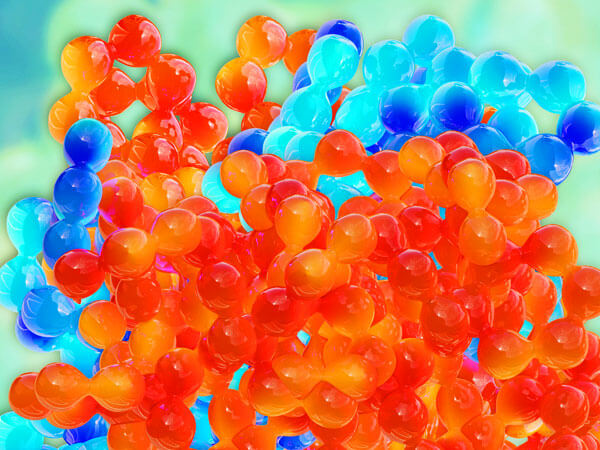Does the type of rotor and tubes I use matter when isolating exosomes?

It can, although the “best” type of rotor remains a matter of debate. Some researchers report that low-angle fixed-angle rotors provide better separations than swinging-bucket rotors.1 This is because tubes in swinging-bucket rotors are held horizontally, so they have a longer sedimentation path length than tubes in fixed-angle rotors, which can result in lower pelleting efficiency.2
Conversely, others encourage the exclusive use of swinging-bucket rotors because fixed-angle rotors deposit material against the wall of the centrifuge tube.3 The 'gold standard' method of differential ultracentrifugation described in 2006 recommended using either type of rotor.4
One point of agreement is that ultraclear tubes are a good choice with any rotor type because they make it easier to locate visibly banded or pelleted samples.
[1] Momen-Heravi F, Balaj L, et al. Current methods for the isolation of extracellular vesicles. Biol Chem. 394;1253-62: (2013). doi: 10.1515/hsz-2013-0141.
[2] Cvjetkovic A, Lötvall J, Lässer C. The influence of rotor type and centrifugation time on the yield and purity of extracellular vesicles. J Extracell Vesicles. 3; 23111: (2014). doi: org/10.3402/jev.v3.23111.
[3] Witwer KW, Buzás EI, Bemis LT, et al. Standardization of sample collection, isolation and analysis methods in extracellular vesicle research. J Extracell Vesicles. 2; 20360: (2013). doi: org/10.3402/jev.v2i0.20360.
[4] Théry C, Amigorena S, Clayton A and Raposo G. Isolation and characterization of exosomes from cell culture supernatants and biological fluids. Curr Protoc Cell Biol. Chapter 3; Unit 3.22: (2006).

